Some people are so good with faces that there’s a name for them – super-recognisers. And a new study using eye-tracking technology has given us some insights into how they do it.
Although most of us perform reasonably well when tasked with learning a new person’s face or recognising someone we already know, there are people whose abilities are at the extremes. Those who struggle with faces (even of close friends and family) are known as prosopagnosic or face blind. Some people are born with this difficulty, while others may develop it later in life as a result of a stroke or injury.
In contrast, super-recognisers naturally excel at recognising faces. Studies also show they may be better than most of us when deciding whether images of unfamiliar people depict the same individual (like comparing a stranger to their ID photo), and that this ability may even extend to voices.
The new study suggests the direction of super-recognisers’ gaze when learning a face is important in explaining why they perform so well.
What do super-recognisers do differently?
Since super-recognisers are outstanding at recognising faces, it is interesting and potentially useful to discover what they do differently to the rest of us.
Previous research has shown these people look at faces in a different way when learning them. They make more fixations (stop and focus on more points) while spending less time on the eye region, compared with the average viewer. Their attention is spread more broadly, sampling more information across the face as a whole.
Also, their style of responding differs from those who are highly trained (over many years) in matching face images, tending to place more confidence in their decisions (both when correct and incorrect) and responding faster.
Evidence suggests super-recognisers’ face recognition skills are likely to have a strong genetic basis, perhaps explaining why attempts to improve average people’s abilities through short periods of training have generally failed.
What eye-tracking data reveals
Since we know super-recognisers look at faces differently to the average person, researchers in Australia decided to investigate whether this might explain their superior performance levels.
They used eye-tracking data collected in 2022 for a previous study from 37 super-recognisers (identified based on their scores across several face perception tests) and 68 typical viewers, to reconstruct exactly what these participants were looking at when learning new faces.
Prostock-studio/Shutterstock
They viewed the faces through a simulated “spotlight” (see it here) which moved with their gaze as they explored the face. This meant the researchers could be sure of what information the participant could see during viewing.
Next, all of the regions a participant viewed were combined to create a composite image. This composite was then compared with a full, original image of either the same person (but showing a different facial expression) or a different person (with similar demographic characteristics). High similarity to images of the same person, and low similarity to different people, would mean the composite contained useful identity information.
The researchers’ analyses showed that super-recognisers accessed more valuable information, which resulted in better discrimination between “same person” and “different people” image pairs when compared with typical participants.
After accounting for the fact that super-recognisers simply took in more information than typical viewers, the results showed that the quality of their information was still higher.
More extensive exploration of faces
The researchers suggest that more extensive exploration of faces during learning could help super-recognisers in discovering the most useful features for identification. This may lead to better-formed internal representations of each learned face.
Since super-recognisers look at faces differently to the rest of us from the very earliest stages of viewing, it’s very difficult to train people to match their natural ability. However, forensic facial examiners (professionals whose job involves face comparisons) show it is possible.
They have been found to perform just as well as super-recognisers when comparing pairs of unfamiliar images, presumably due to the extensive and lengthy training and mentoring that they receive – in particular focusing on useful features in the images like the ears and any facial marks.
So there may actually be two types of face experts: those with natural ability (super-recognisers) and those with extensive training (facial examiners). But examiners might choose to pursue this particular career because of an innate ability, so further investigation is needed.
Although the existence of people with exceptional face abilities has been known for nearly two decades, researchers are still trying to understand what makes them excel. As this new study demonstrates, the way super-recognisers (and the rest of us) look at faces as we learn them could play a crucial role in how good – or bad – we are at recognising people in our daily lives.
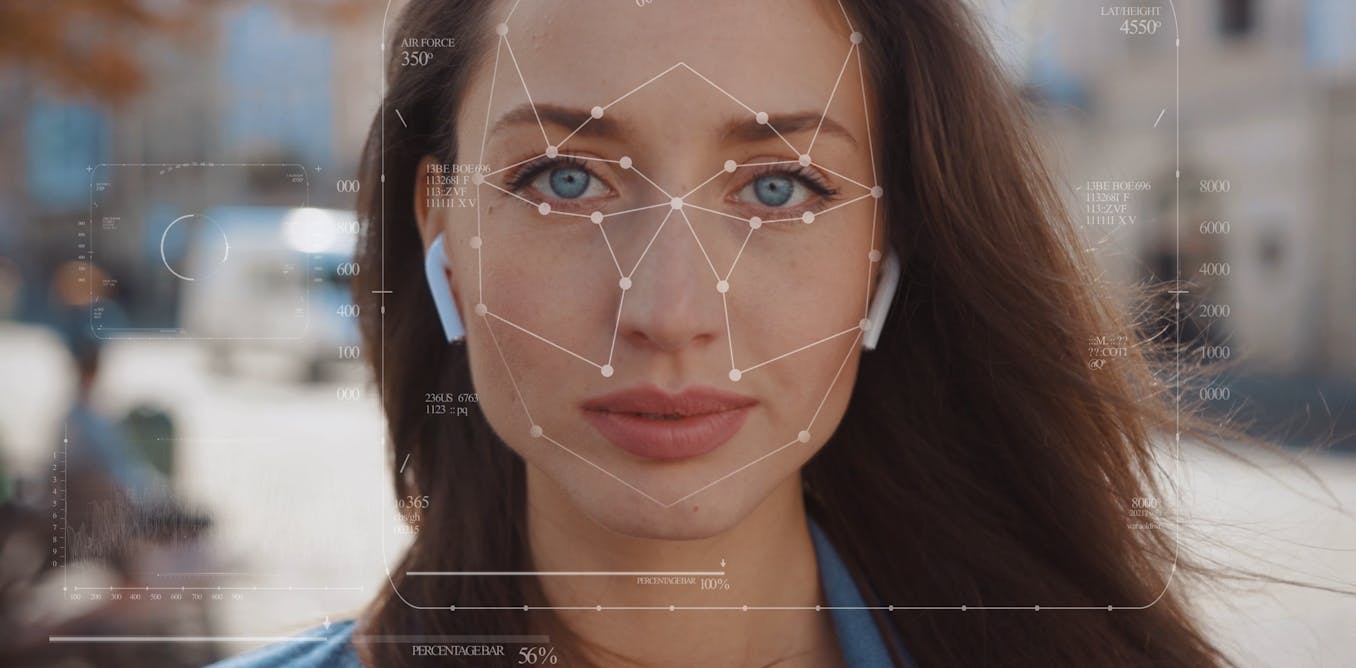
The post “Why are super-recognisers so good at learning and remembering faces?” by Robin Kramer, Senior Lecturer in the School of Psychology, University of Lincoln was published on 11/14/2025 by theconversation.com







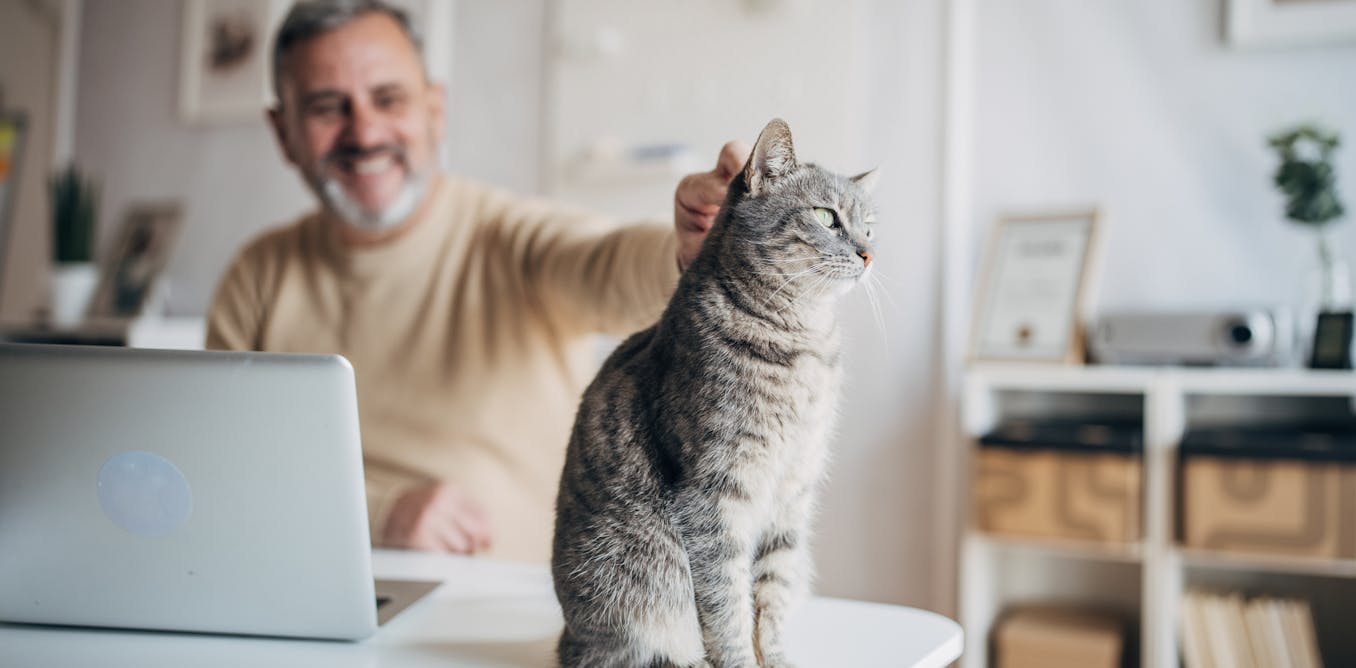

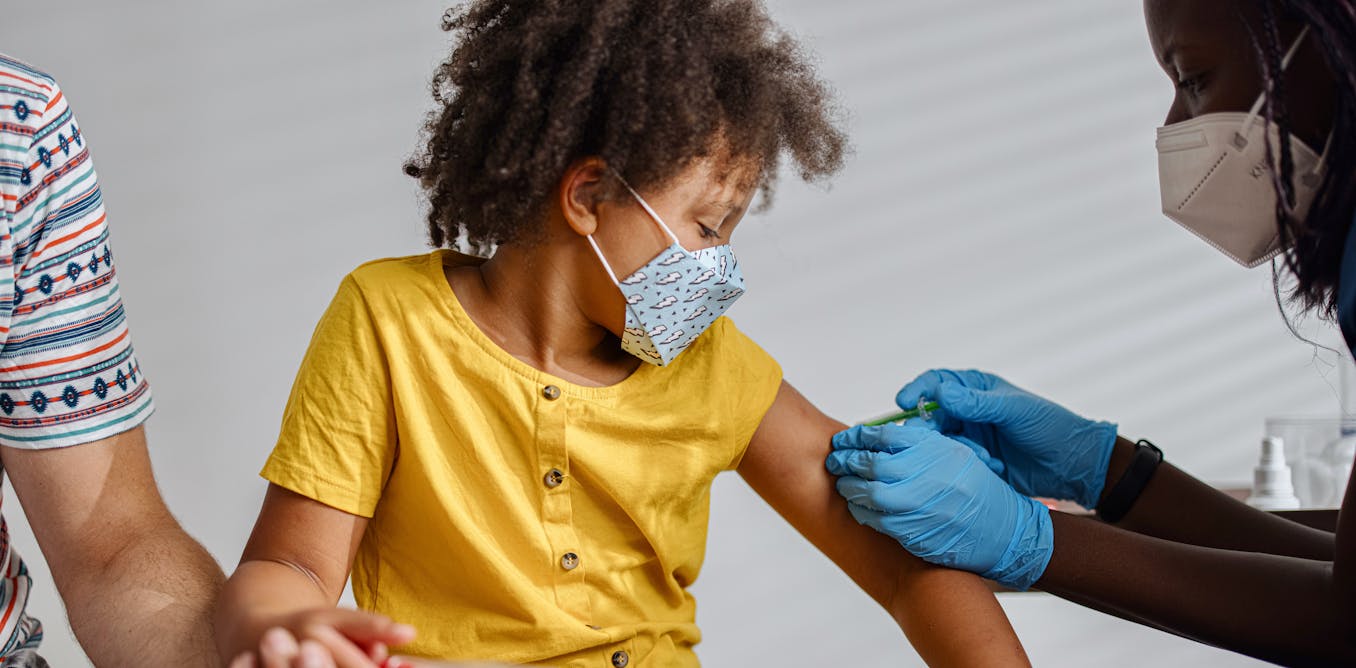


















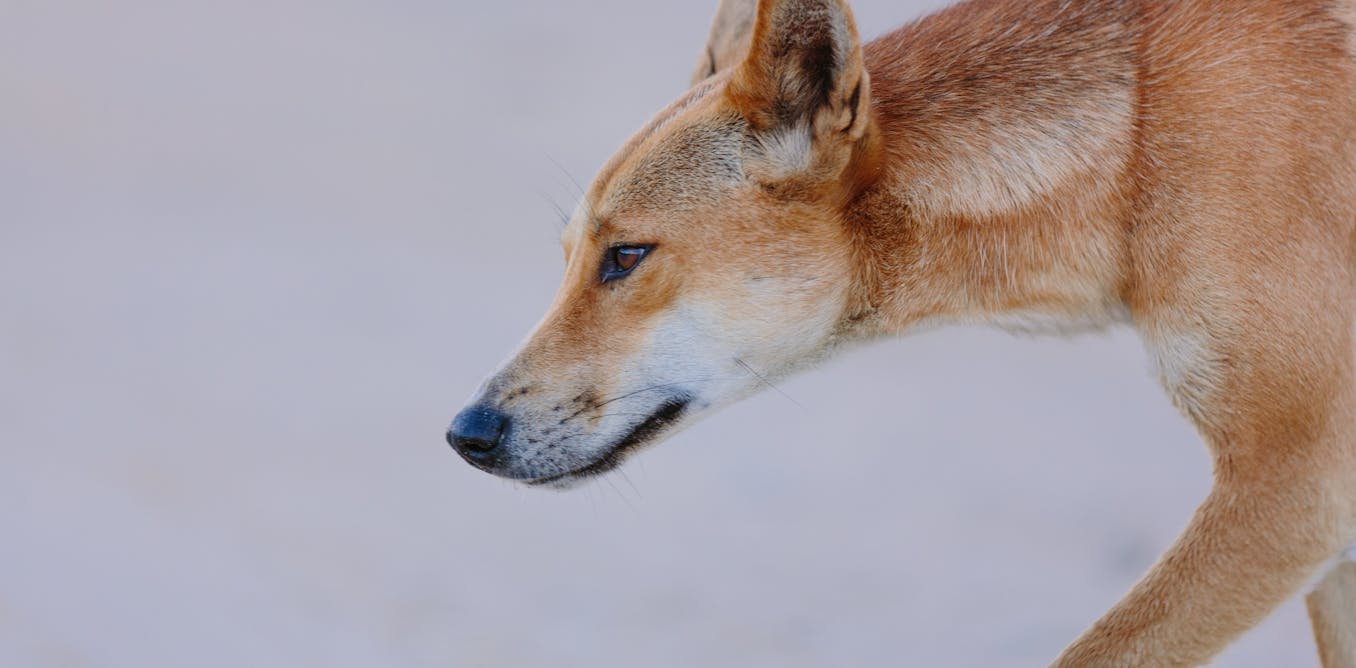



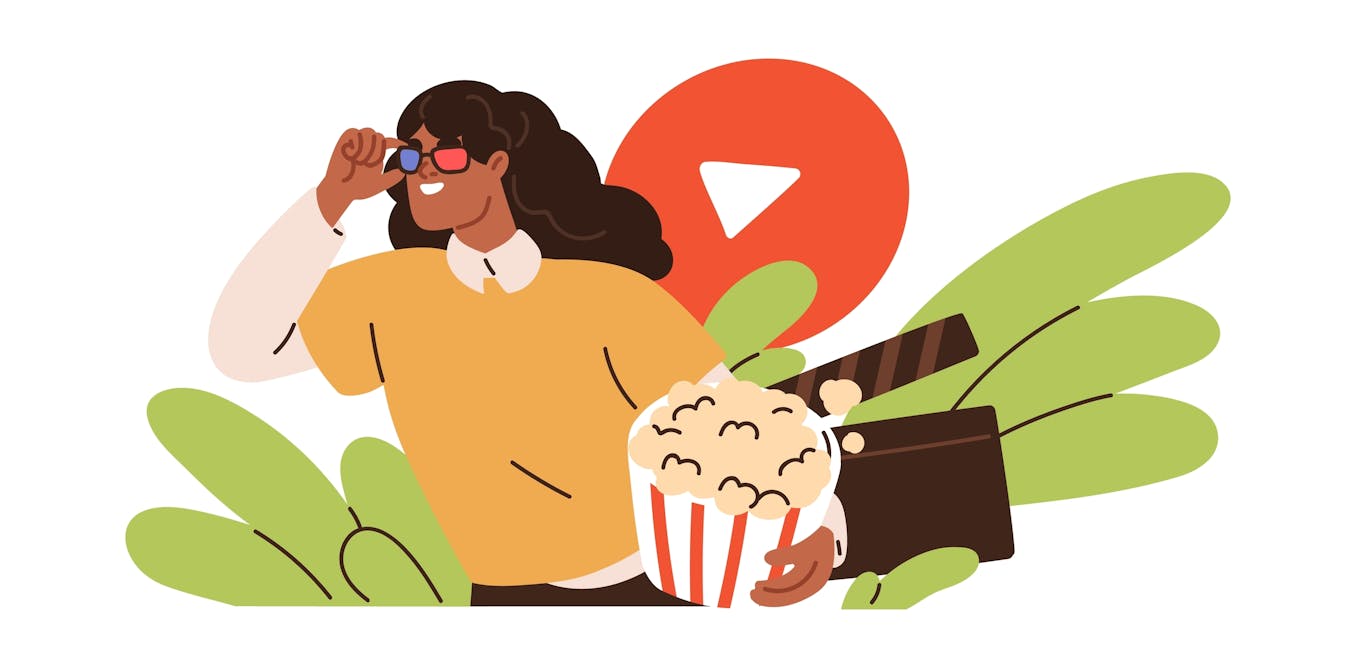
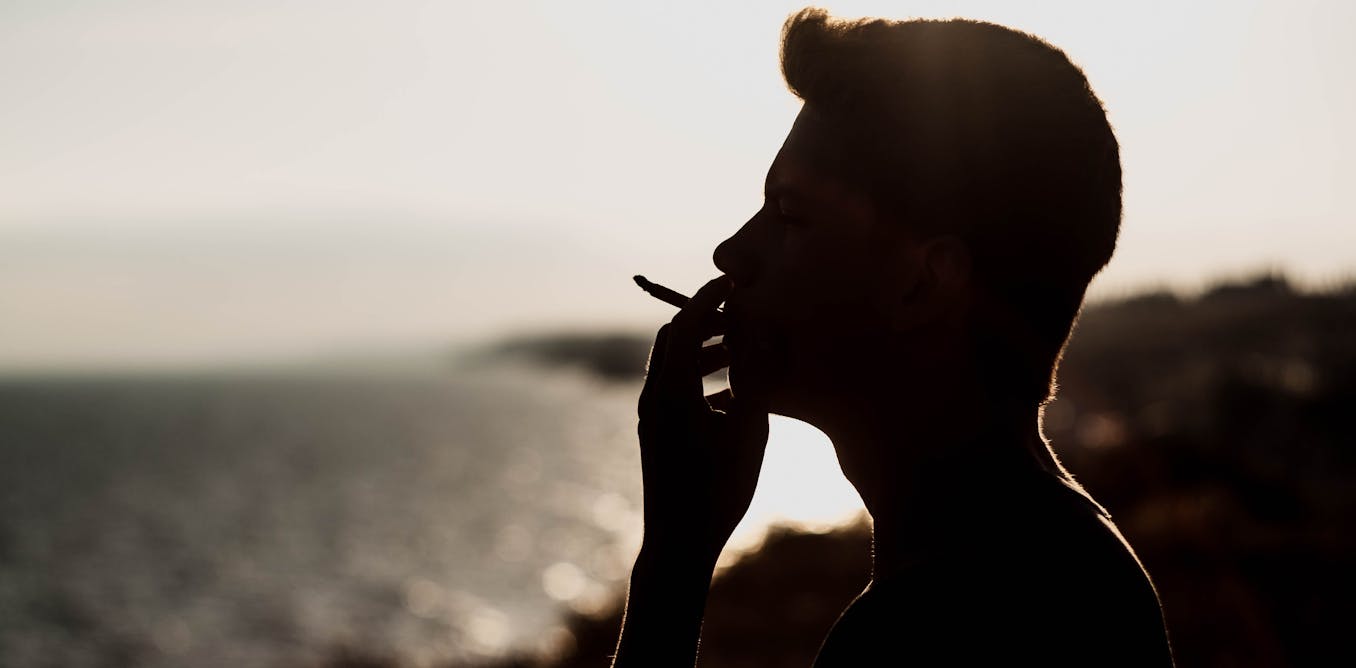
Leave a Reply